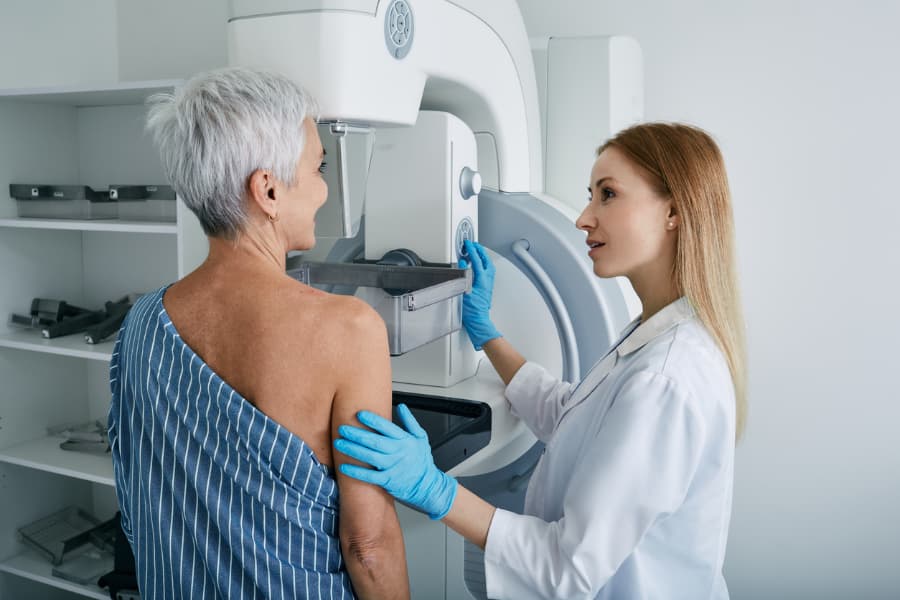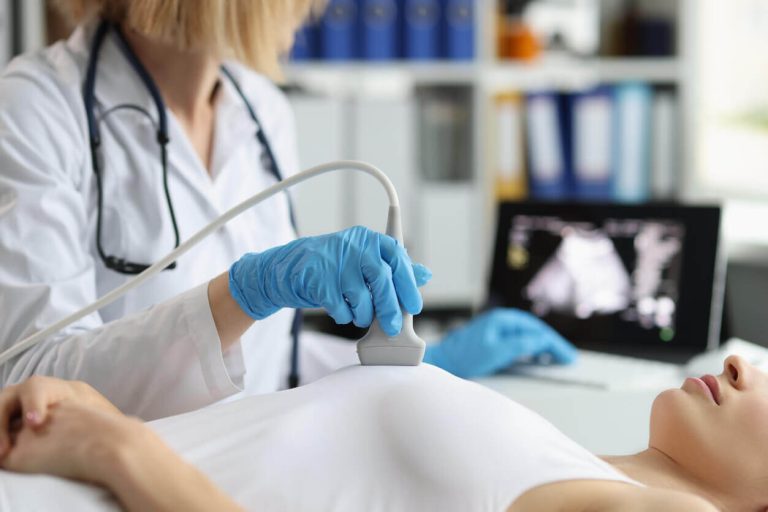
Facing your first mammogram can feel intimidating. Yet, understanding what to expect can ease your worries. A mammogram is a crucial test for spotting breast changes. It’s a quick procedure and knowing the steps helps. You will stand in front of a machine that takes X-rays of your breasts. Boise 3D screening mammograms offer detailed images, making it easier for doctors to notice anything unusual. You might feel pressure on your breast, but it should not hurt. Wear a two-piece outfit for easy access. Avoid deodorants or powders as they might show as white spots on the X-ray. Schedule your appointment for the week after your period when breasts are less tender. After the test, results usually come within a week. Most results show normal findings, but if there is an issue, doctors will guide you on the next steps. Remember, this screening is about your health.
Preparing for Your Mammogram
Preparation is simple. Begin by choosing a certified facility, ensuring you receive high-quality care. On exam day, wear comfortable clothing. A two-piece outfit is best as you’ll only need to remove your top. Remember not to apply deodorant, lotion, or perfume on the day of the exam. These products can interfere with the mammogram images. For women who feel anxious, bringing a friend or family member for support can be helpful.
What Happens During the Mammogram
The mammogram itself lasts about 20 minutes. You will stand, and a technologist will place your breast on a platform. A clear plate will press down to flatten the breast, taking images from different angles. The compression might feel uncomfortable, but it only lasts a few seconds. This step is crucial as it provides a clearer view of the breast tissue. You can communicate with the technologist if the pressure feels too intense.
Understanding Mammogram Results
After your mammogram, results usually arrive within a week. You might receive a letter or a call from your doctor. It’s common to feel anxious waiting for results. Most mammograms are normal, but if there is an issue, doctors will provide guidance on further steps. The following table highlights potential outcomes:
| Result | Description | Next Steps |
|---|---|---|
| Normal | No unusual findings. Continue routine screenings. | Yearly or biennial mammograms as recommended. |
| Benign | Non-cancerous changes detected. | Possible follow-up imaging for monitoring. |
| Suspicious | Abnormality needs closer examination. | Further imaging or a biopsy may be recommended. |
How Often Should You Have a Mammogram?
Screening guidelines suggest women aged 40 to 49 discuss the timing and frequency with their doctor. From age 50 to 74, mammograms are typically recommended every two years. Personal health history and risk factors can influence these guidelines. Always follow your doctor’s advice regarding screening schedules.
Benefits of 3D Mammograms
3D mammograms, also known as digital breast tomosynthesis, create a detailed three-dimensional picture. They allow doctors to examine breast tissue layer by layer. According to the CDC, 3D mammograms can improve cancer detection rates and reduce the need for additional testing. This method is especially beneficial for women with dense breast tissue.
Addressing Concerns and Misconceptions
Mammograms are safe. The radiation dose from a mammogram is low and within medical safety standards. Many women worry about the discomfort, but any pressure lasts for a very brief time. If you have concerns, discuss them with your healthcare provider. Understanding the process reduces anxiety and encourages regular participation in this important health check.
Empower Yourself with Knowledge
Taking control of your health starts with informed choices. Regular mammograms are an important step in protecting your well-being. By understanding the procedure and knowing what to expect, you keep yourself and your future health in check. Remember, early detection saves lives. Take the leap and schedule your mammogram with confidence.




